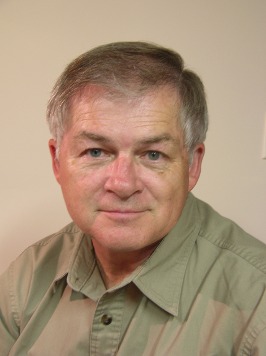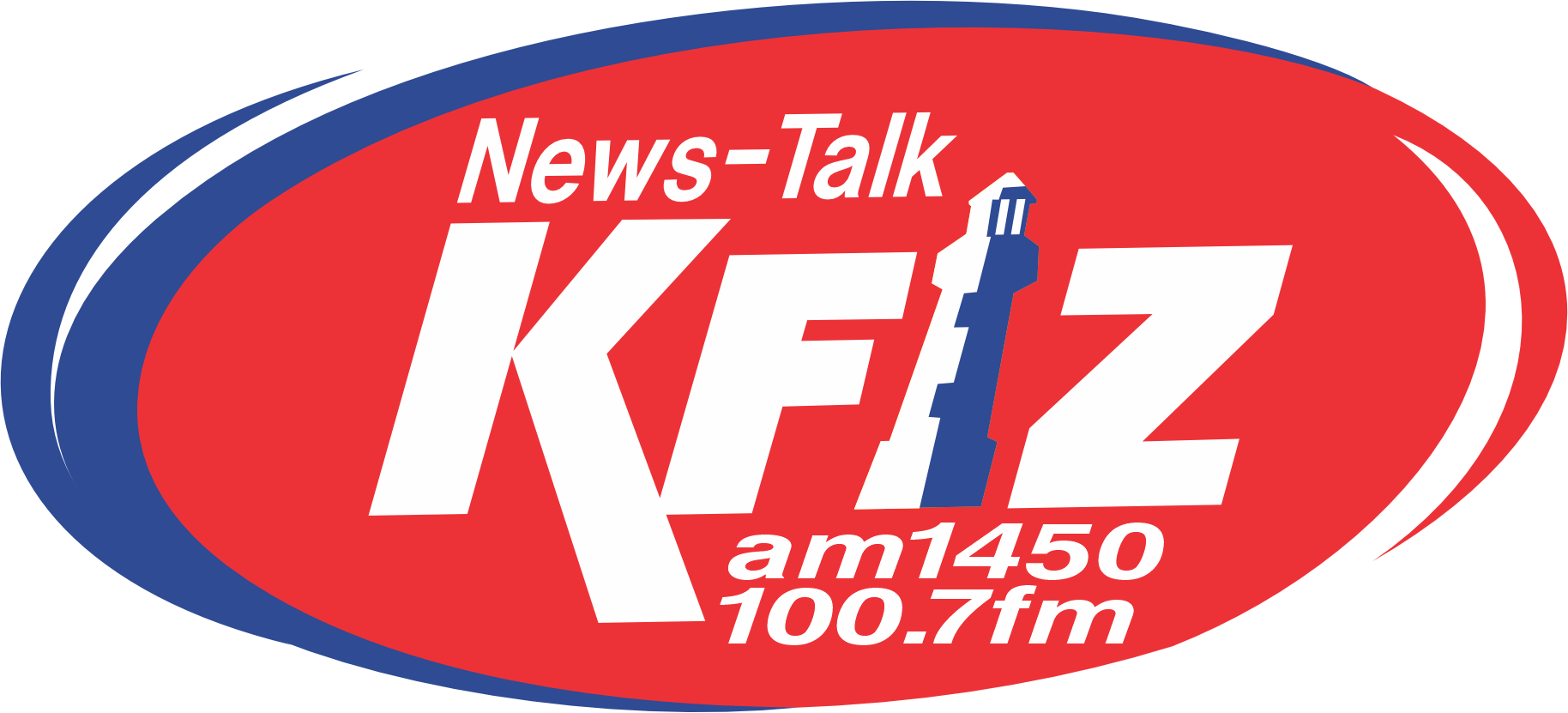Local News
Bob Haase Another Can Of Worms

What Are The Facts?
It seems like more and more there is a problem getting the facts about anything. It isn’t just a matter of not telling the truth but more a matter of misleading people by providing the kind of information that can be easily misinterpreted. This is especially true when it comes to politics, but we find it with everything from the labels on food products to just about anything else we purchase.
A good example of how difficult it is to find the facts would be the debate over a part of the proposed budget bill that would prohibit the purchase of land for recreational purposes under the Stewardship program until 2028. Some environmental groups have compared Wisconsin to Michigan and Minnesota to show that Wisconsin is not out of line when it comes to the amount of land that is state owned versus privately owned. They said that Wisconsin has around 3 percent state owned land compared with Michigan and Minnesota having over 7 percent. Many of our legislators have defended freezing the purchase of land saying that Wisconsin has around 20 percent publically owned land. There is quite a bit of difference between 3 percent and 20 percent.
If you look at information from the Wisconsin Legislative Reference Bureau you can clear this up a little when we start comparing apples with apples instead of apples with oranges. One of the main differences is with terminology. We need to compare state owned land with state owned land and not state owned land with publically owned land. The reason for this is that publically owned land includes land that is Federally owned, state owned, county owned, school owned, and other publically owned lands. It can also include land easements and land trusts where the public does not own the land but it owns certain rights to the land such as easements along roadways, trout streams, and other corridors.
The Federal government owns about 4.4 percent of the states land and most of this is owned by the U.S. Forest Service. Counties own the most land, 2.6 million acres compared to the state with 1.6 million acres. The state covers 34.8 million acres so state ownership would be around 4.5 percent. The Board of Commissioners of Public Lands and the Department of Natural Resources manage state public lands. These lands also generate revenue for the state through timber management, conservation, and public recreation with some of the income used for K-12 education and the UW system.
Realtors would like to have more private land and less public land because it gives them more land to sell. Counties and municipalities would like to have more private lands because of the tax base for property taxes. Environmental groups would like to have more public land for environmental and recreational purposes and to provide publically owned lands for future generations to use and share. Each group will try to leverage figures to best support their interest.
If you look at various reports and comparisons the numbers are not the same. One report I looked at said Wisconsin had 10 percent state owned land and ranked 18th nationwide in the percentage of state owned land. The Wisconsin Legislative Reference Bureau states that Wisconsin has 4.5 percent state owned land. Some of our legislators are saying that we have 20 percent publically owned land (not state owned land knowing that most of us won’t know the difference. Environmental groups are actually closer stating 3 percent state owned lands when you take into account easements, land trusts, etc. because the state does not own them they lease them and may or may not be considered state lands.
The main problem here is not who is right and who is wrong, but comparing apples with apples so we know the difference. If this only affected this one issue… the freeze on the Stewardship funding in the proposed budget it might not be quite as bad, but it affects all the information we are receiving that influences our opinions, how we vote, and the decisions being made.
Bob Haase is the host of “Outdoors Thursday” heard Thursday mornings at 9:10 a.m. on News-Talk 1450 KFIZ.


